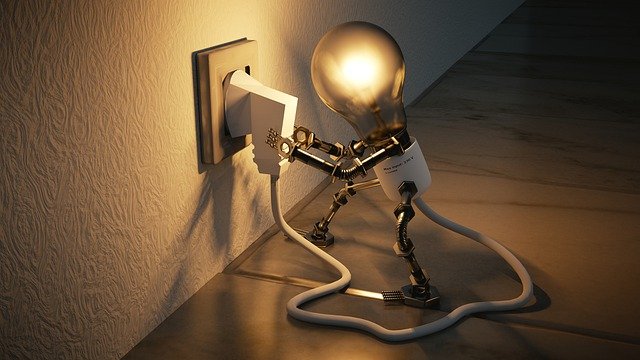Generating electricity by burning fossil fuels has never been as controversial as it is right now. For years, climate activists have been calling for a coal phase-out as quickly as possible, and according to the law, this phase-out should be completed in Germany by 2038 at the latest.
Nevertheless, the share of renewables in electricity generation fell in the first half of 2021 and once again more coal was burned.
Power generation again mainly from coal
It seemed that years of efforts by climate activists had finally been heard in politics, as climate policy is at the top of the agenda for all parties, not least due to the pressure of advancing climate change.
But according to the calculations of the Federal Statistical Office, adverse weather conditions have now pushed wind power back from its first place among energy sources for electricity production, and it has once again been overtaken by fossil fuels.
According to the Wiesbaden-based statisticians, around 56 percent of the total amount of electricity generated in Germany in the first half of 2021 came from conventional energy sources. In addition to nuclear energy, conventional energy sources include the fossil fuels natural gas and coal.
Renewables’ share of total electricity production of 258.9 billion kilowatt-hours fell by 11.7 percent to 44 percent of the total in the first half of the year. In the case of conventional energy sources, however, the statisticians recorded an increase of 20.9 percent.
Wind power reached lowest level in 3 years
There was a sharp drop in wind power in particular. A total of 57.1 billion kilowatt hours of wind power were fed into the grid. This means that the share of wind power fell by a good fifth compared with the same period last year.
The Federal Statistical Office cited the low-wind spring of 2021 as the reason.
Electricity production sharply increased by coal-fired power plants
In particular, the controversial coal-fired power plants filled the resulting gap in electricity production. They supplied a total of 70.2 billion kilowatt hours, increasing their electricity production by almost a third.
However, the share of natural gas and nuclear energy, at 14.4 and 12.4 percent respectively, is still alarmingly high in view of the intended energy turnaround.
Climate targets for Germany achievable?
Considering that even a windless spring has such an impact on electricity production, the question arises as to whether Germany’s statutory climate targets can be achieved at all.
Climate activists have long called for a rapid phase-out of conventional fossil-fuel power generation. The German government’s climate targets are taking far too long for climate activists.
According to this, CO2 emissions are to be reduced by 88 percent by 2040 compared to 1990. Climate neutrality is not to be achieved until 2045.








